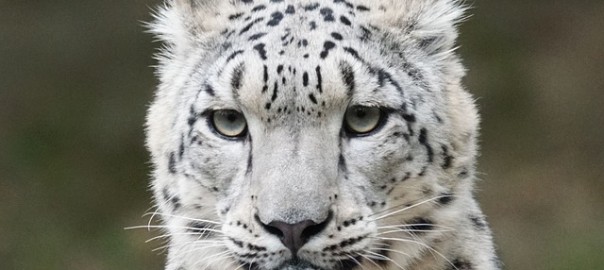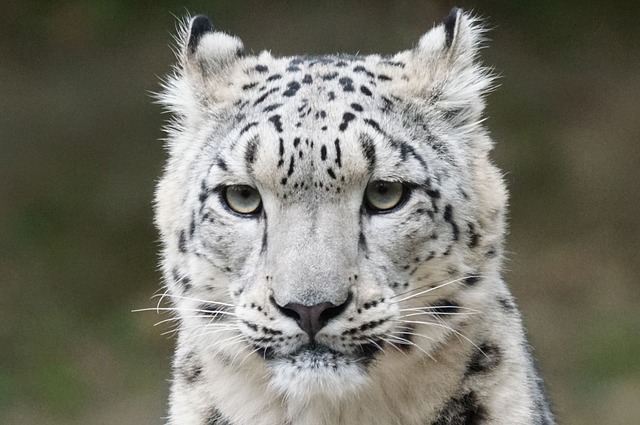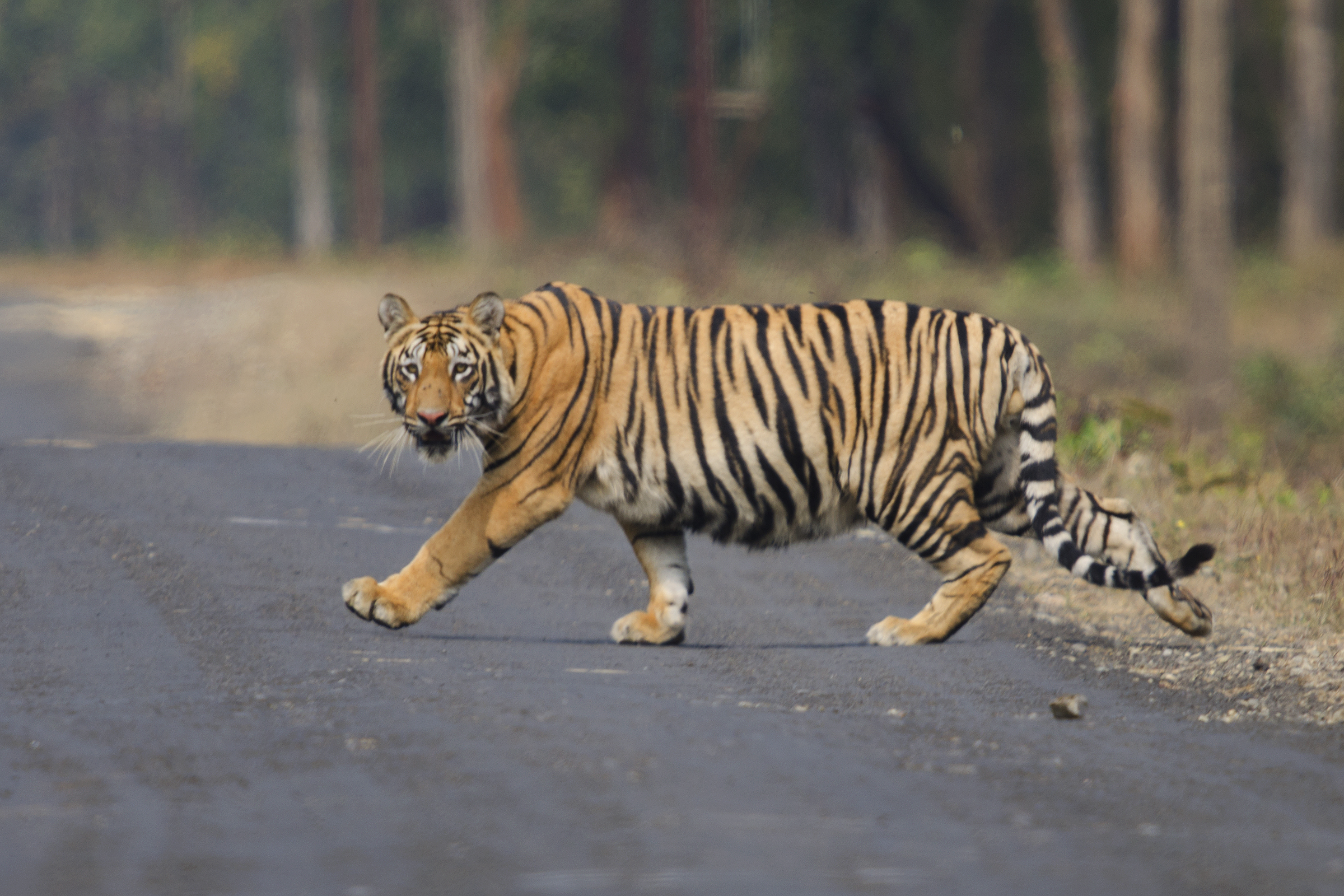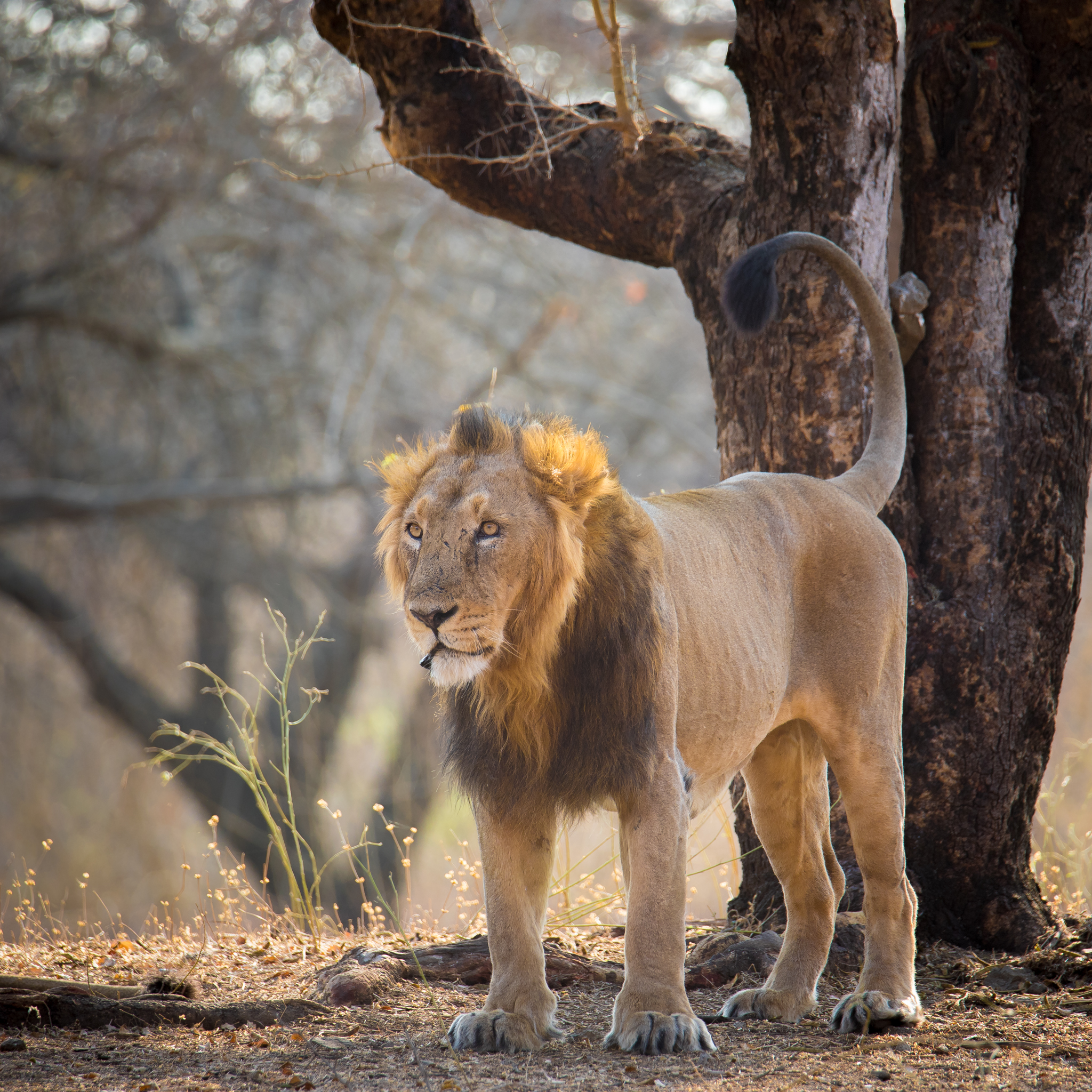
![]() Snow Leopards are one of the most elusive cat species in the world – hard to find, aptly called the ‘ghost’ of the cat world. However, rising temperatures are a distinct threat to these high mountain cats as their habitat is right where the affects of climate change are being felt and will aggravate further in the future. The ghost leopard can no longer remain hidden safely in its pristine home. Melting ice is putting it right in the middle of human settlements.
Snow Leopards are one of the most elusive cat species in the world – hard to find, aptly called the ‘ghost’ of the cat world. However, rising temperatures are a distinct threat to these high mountain cats as their habitat is right where the affects of climate change are being felt and will aggravate further in the future. The ghost leopard can no longer remain hidden safely in its pristine home. Melting ice is putting it right in the middle of human settlements.
Here are the ways climate change is threatening snow leopards,
- HABITAT LOSS
As climate changes occur, conservationists predict that about one-thirds of snow leopard habitat will be lost in the next few years. - HUMAN ENCROACHMENT
Warmer temperatures would mean that the tree lines would shift higher up into the mountains. The land thus created at higher altitudes would be used for growing crops by farmers and for livestock grazing. As a result, the ideal habitat for snow leopards would get drastically reduced and increase conflict with humans for resources. - LOSS OF PREY
Habitat loss will make it hard for the snow leopard to find its favorite prey like the ibex and bharal or blue sheep of the mountains as their numbers will decline too. (Learn here what a Snow Leopard eats in the wild.) - HUMAN-ANIMAL CONFLICT
Snow leopards will be forced to resort to attacking livestock for food, increasing conflict with communities.
Rebecca May, who is WWF-UK’s snow leopard programme lead, says,
“The Himalayas region will face a major crisis if we choose to ignore climate change. Not only do we risk losing majestic species such as the snow leopard, but hundreds of millions of people who rely on water flowing from these mountains may be affected.”
Habitat loss and a depletion in the population of prey have contributed to the rapid decline in the population of snow leopards by 20% in 16 years. With numbers as low as 4000 now, the future for snow leopards is very uncertain given that climate change would brutally destroy their habitat.
About Snow Leopards
The Snow Leopard (Panthera uncia), sometimes called the ‘Ghost of the Mountains’ is classified as Endangered by the International Union for Conservation of Nature (IUCN). The wild cat is found in high altitude regions of Central Asia, including the Himalayan region in India.Because of its shy nature, white fur acting as a good camouflage in the snowy mountains and a high altitude habitat, the leopard is hard to spot. The chief natural prey of the snow leopard species are bharal or blue sheep and ibex whose distribution coincides closely with snow leopard range.
More Related Stories,
Video: Skier Runs Into A Wild Snow Leopard In Gulmarg
Photographer Clicks Stunning Images Of Snow Leopard With Kill
GPS Tracking To Help Study Snow Leopards In India







5 thoughts on “4 Reasons Why Climate Change Is Bad For Snow Leopards”